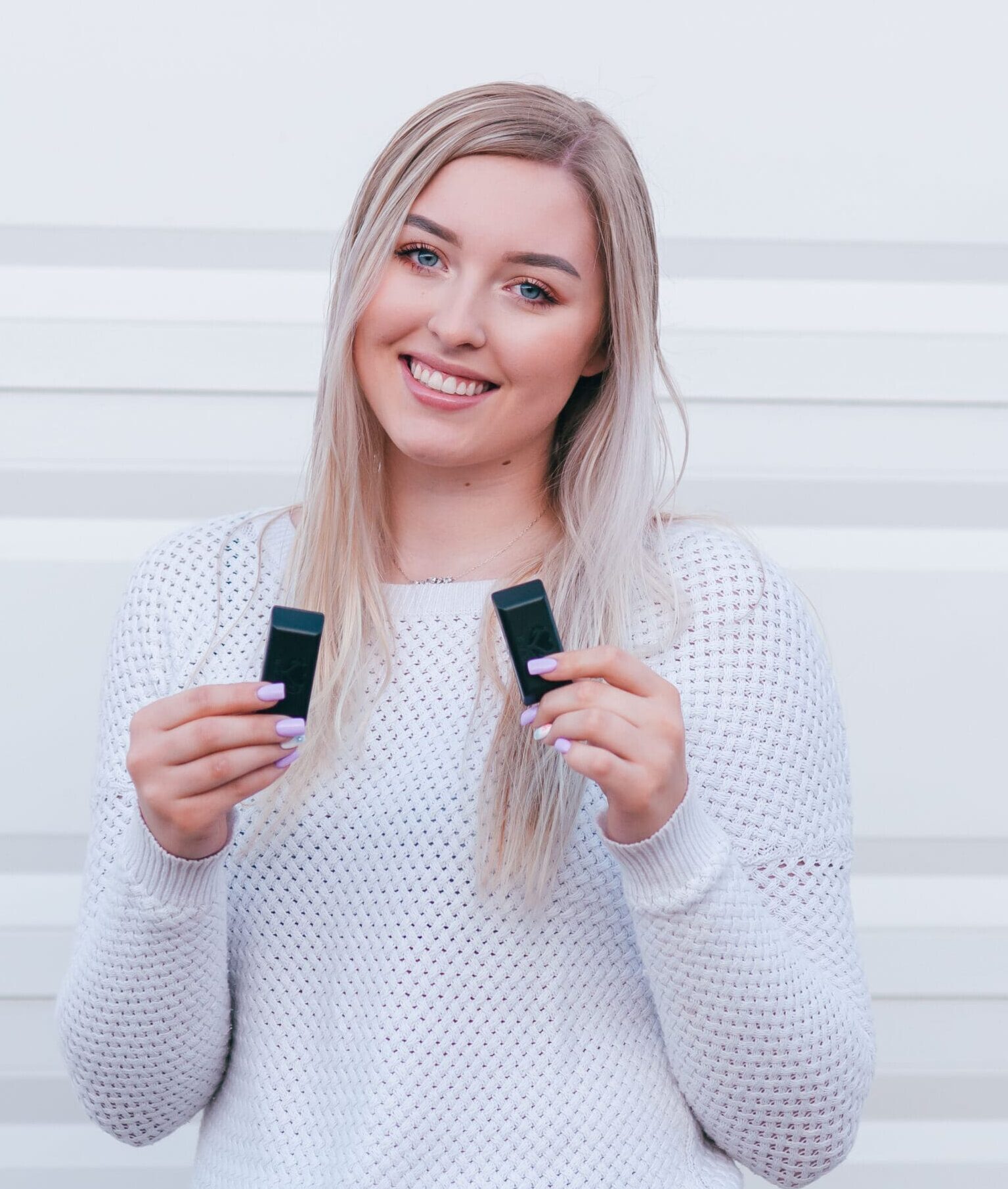Self help books and countless coping strategies are not making much of a difference in the mental health crisis being experienced by all demographics. The suggestions being offered are good and work when our nervous system is calm and regulated. When we are in a regulated state, we will follow through on our ‘to do’ list, make better food choices, exercise, have the energy to connect with others and work towards accomplishing our goals. Stay dysregulated or stressed too long and you will relapse into your stress patterns very quickly.
While our intentions to do better and be better are genuine, increased stress as well as unexpected stress make it difficult to recall the necessary steps to remember coping skills we have been taught to help us stay on the path of healing or change. When this happens, we will revert back to the poor choices and habits we are wanting to overcome because those behaviors are known and automatic.
What is a stress pattern?
A stress pattern is what you have learned to do to manage your stress, feelings of being overwhelmed or anxious. It might be impulsive shopping, turning to food or alcohol, overcommitting to things and then procrastinating. These patterns or habits will not be the same for everyone, but they all tend to lead to an increased feeling of hopelessness and discouragement when you try to replace them with healthier habits and continue to fall short of your intentions.
The Benefit of Real Time Regulation
The missing piece in most discussions about improving willpower, relapse prevention strategies, reducing stress and anxiety, etc. is regulation “in the moment” you need it. If you can take the intensity of the stress and anxiety down to a workable range quickly, it will be much easier to follow through on your action plan or utilize coping strategies you have been taught. When assessing levels of pain, a provider will ask you to rate your pain on a scale from 0-10 with 0 representing no pain and a 10 being the worst possible pain you can imagine. We can use that same scale of 0-10 to assess our stress and/or anxiety levels. If you are experiencing distress at a 0-3 level, you will most likely be able to remember the coping skills you have been taught or action plans that you have created for yourself and follow through on them. When your distress rises to a 4-5 level, it begins to become more difficult to remember what to do and you begin to reverting to your old habits and stress patterns for relief. Anything over a 6, it becomes almost impossible to engage in self-calming strategies. So, the goal is bring your level of distress down quickly to that workable range of 0-3.
In order to do this, we want to inhibit the amygdala which is the part of the brain that is activating the fight/flight response. If you are looking for a non-pharmaceutical option, one of the easiest ways to do this is to engage in bilateral tapping. This simply means you can tap back and forth on the top of your thighs in an alternating pattern with your hands or you can tap your feet back and forth. These variations are taken from the Butterfly Hug which was developed in 1998 by Lucina Artigas.
What Bi-Tapp has done is put the bilateral tapping into tappers so that you can have access to this proven technique to reduce anxiety. Having a resource you can use anytime and anywhere will help you feel calmer and will give you greater confidence to do the things you want to do. Isn’t taking a deep breath a quick way to calm down? Yes, unless you are highly stressed or in the midst of a panic attack, then it becomes impossible to take a deep breath. Regulate your nervous system with bilateral tapping first, “then”, it will be easier to take a deep breath.
Regulation in the moment you need it is the missing piece to improving mental health outcomes and Bi-Tapp is the answer.

What is Bi-Tapp?
Bi-Tapp is a company that has created Bluetooth tappers that pair to the Bi-Tapp app on your phone. You are able to customize the rate of speed of the tapping and the intensity of the bilateral tapping. You may change those settings anytime you want to. Everyone is able to determine the rate of speed and the intensity of the tapping that is calming to you. This is likened to all of us going for a walk or a jog around the block, we will each find the pace that is comfortable to us very easily. You are able to use the tappers anytime you need help returning to a calmer, more regulated state. By returning to a regulated state over and over again throughout the day versus sitting in your distress, you will find that you feel better and function better.
The tappers make bilateral tapping easier than doing the butterfly hug because you are receiving the benefit of this resource without stopping what you are doing. For example, if you are taking a test and you are experiencing test anxiety, it will be easier to place the tappers in your socks or pockets and let the tappers do the tapping for you, instead of stopping and doing the butterfly hug. This is also true if you have anxiety while driving. It will be impossible to do the butterfly hug and drive at the same time. Let the tappers do the tapping for you so you can concentrate on driving.
We liken having access to a real time, non-pharmaceutical resource to help you calm down in the moment you need it to when doctors learned the importance of washing their hands in between appointments or surgeries. “Handwashing is a simple method for preventing the spread of pathogens. It is now common practice, but this was not always the case.”

Simply hand someone who is anxious, overwhelmed or activated, the tappers and watch them automatically begin to calm down, in real time. Once they are calmer, “then”, you can reason with them much better, “then”, they will be able to remember the other coping skills and strategies they have been taught.
Here’s to a healthier you, one tap at a time.
Additional Reading
- Fall asleep and stay asleep with Bi-Tapp
- Tools for Healing Trauma on a Global Scale
- Performance Anxiety: From panic to poise with bilateral tapping

